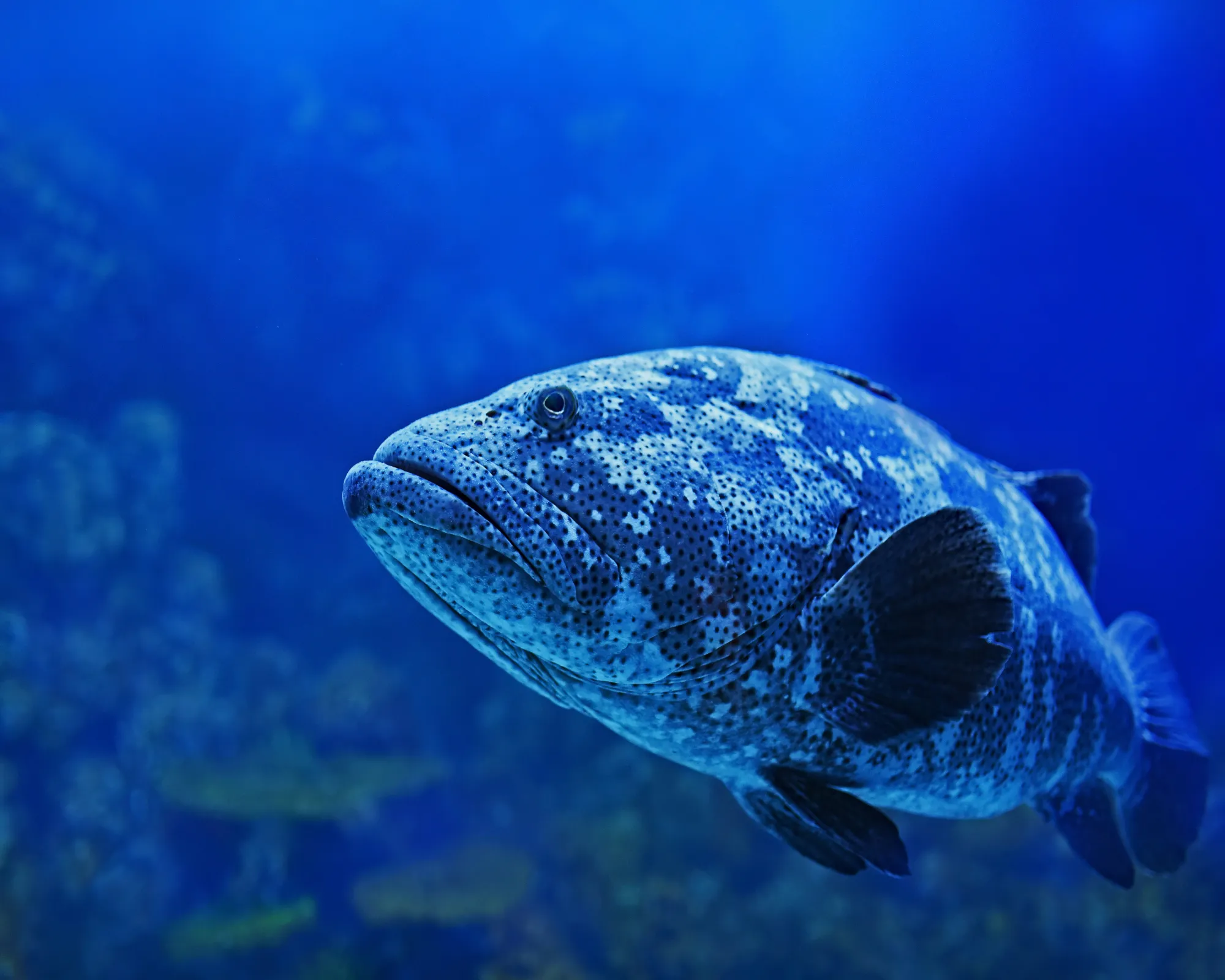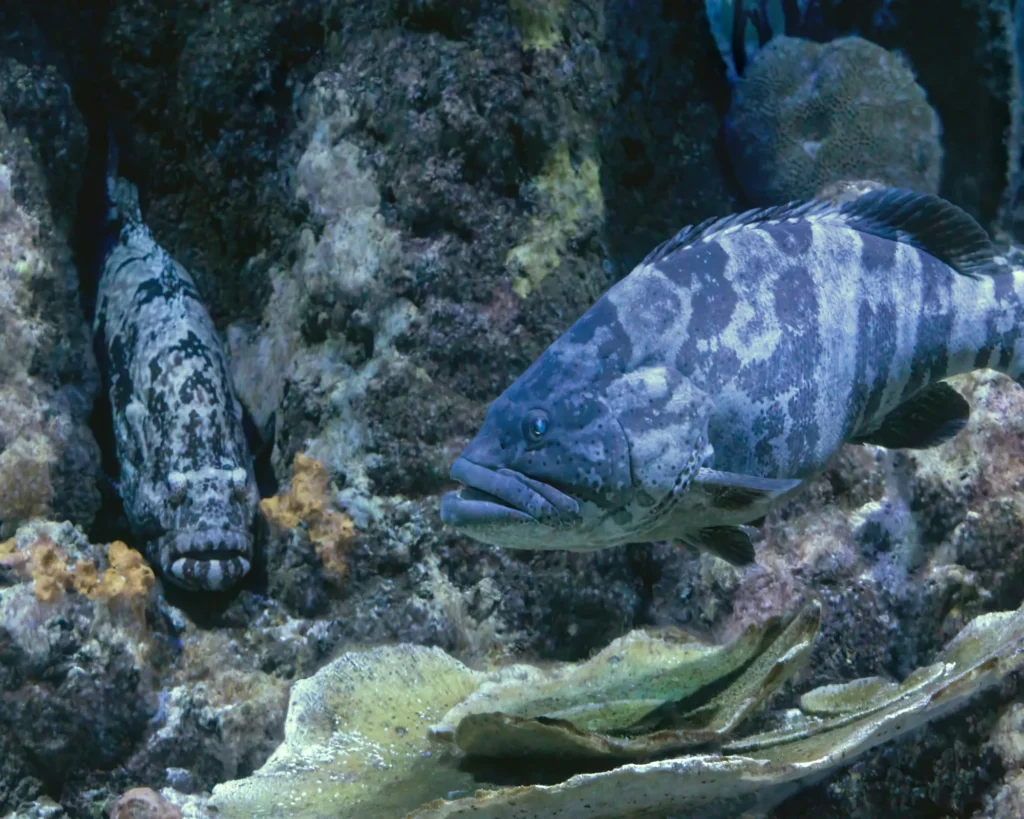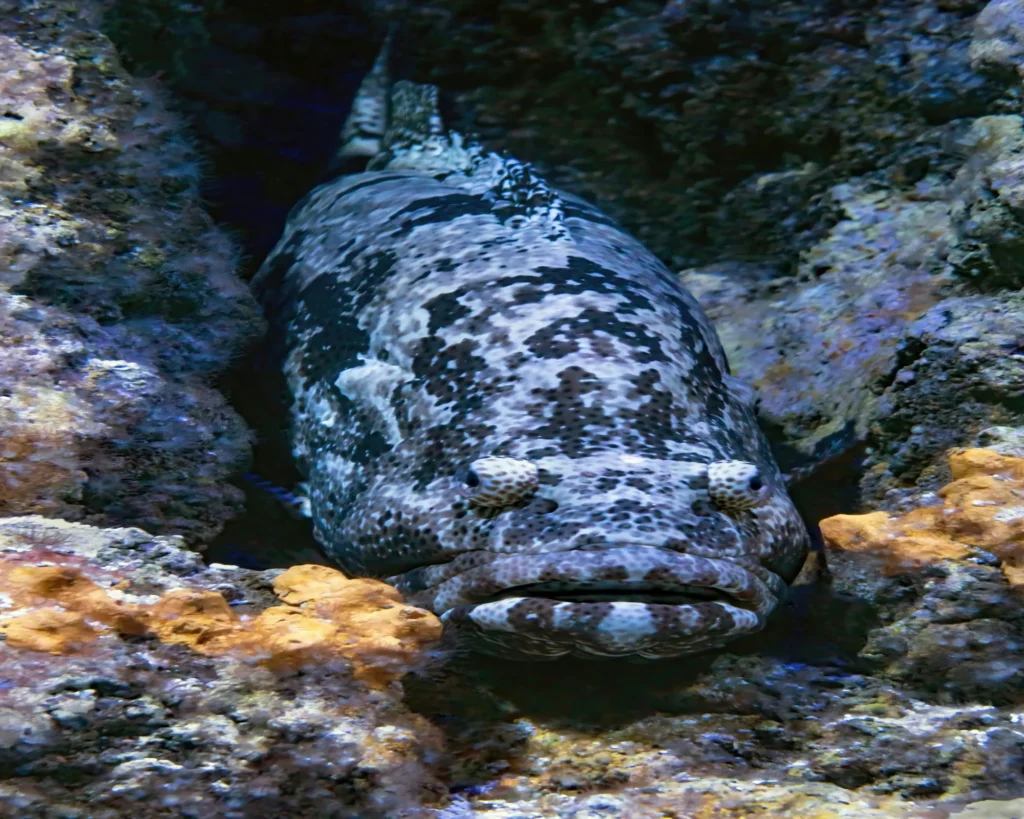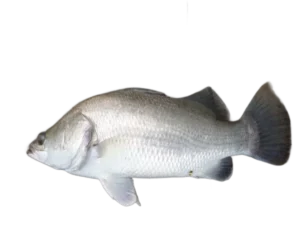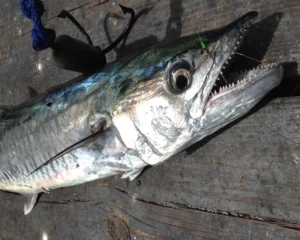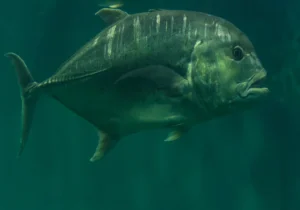Read in Urdu Language Click Here.
Groupers:
A Journey into the Depths of Ocean Royalty
Let’s embark on an expedition to uncover the mysteries surrounding Groupers, the majestic rulers of the deep seas. These colossal creatures, belonging to the Epinephelidae family, captivate us with their diverse species, imposing sizes, and intricate behaviors. In this comprehensive exploration, we’ll delve into the intricate world of Groupers, from their mesmerizing physical attributes to their vital role in sustaining marine ecosystems.
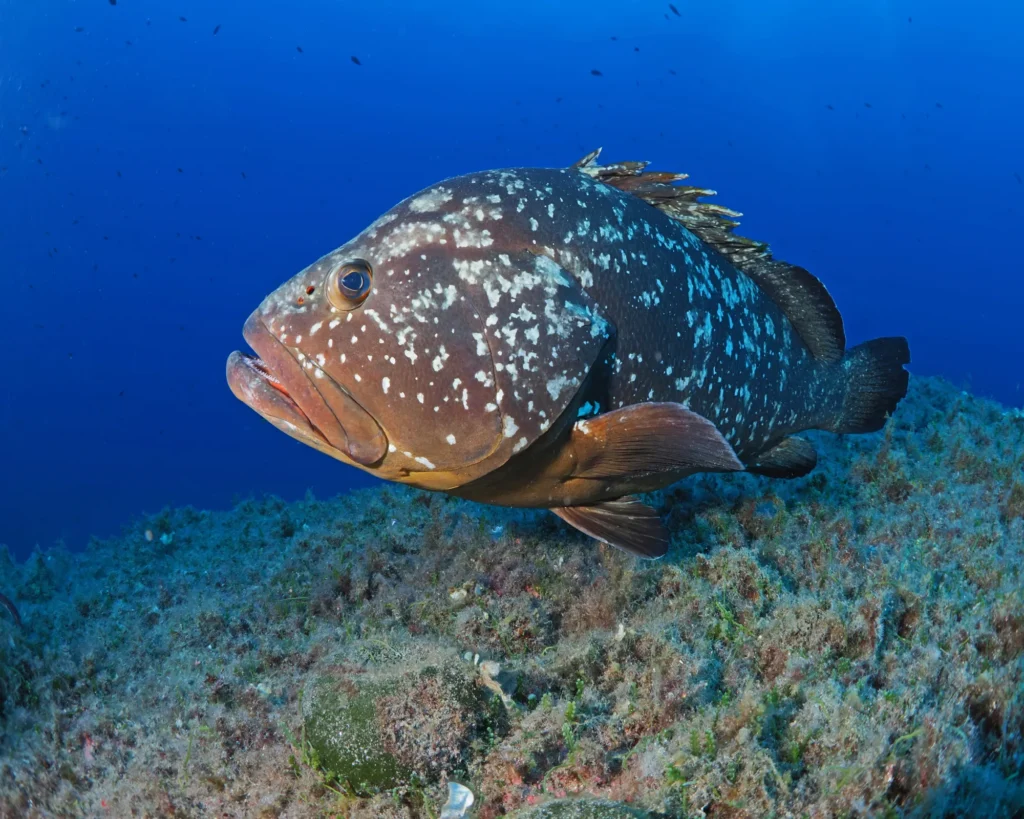
-
Goliath Grouper (Epinephelus itajara): Titans of the Sea
- Size: Goliath Groupers, true titans of the sea, can grow to astounding lengths exceeding 8 feet (2.4 meters) and weigh several hundred pounds. These gentle giants showcase the magnificence of the underwater realm.
- Habitat: Flourishing in warm, shallow waters, Goliath Groupers favor habitats near reefs, wrecks, and rocky ledges. Their commanding presence makes them a sought-after encounter for divers seeking to witness oceanic royalty.
-
Red Grouper (Epinephelus morio): Masters of Camouflage
- Size: Red Groupers, masters of camouflage, reach lengths of up to 2 feet (0.6 meters). Their vibrant hues seamlessly blend with the coral reefs and rocky bottoms they inhabit.
- Habitat: Inhabiting both shallow and deep waters, Red Groupers display remarkable adaptability, selecting rocky bottoms and coral reefs as their preferred residences.
-
Black Grouper (Mycteroperca bonaci): Guardians of Diverse Environments
- Size: Black Groupers, guardians of diverse environments, can attain lengths of up to 4 feet (1.2 meters). They inhabit a variety of habitats, including reef, rock, and mud bottoms, in both shallow and deep waters.
- Habitat: Black Groupers demonstrate remarkable versatility by thriving in a variety of environments, contributing to the richness of marine ecosystems they call home.
Understanding the nuances of each Grouper species adds depth to our appreciation of the biodiversity and adaptability within the Epinephelidae family.
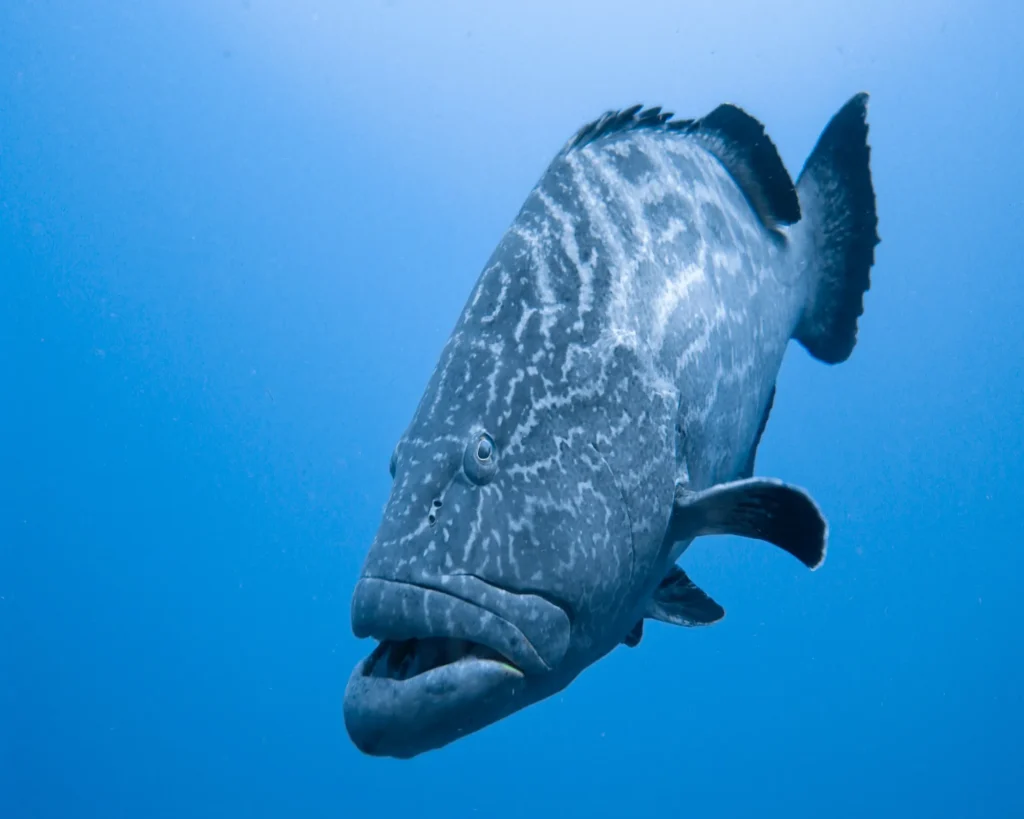
Life Cycle and Longevity: A Slow Dance Through Time
Groupers follow a slow-paced life cycle, characterized by slow growth and late maturation. With an average life expectancy ranging from 15 to 30 years, these majestic fish experience a journey through time marked by environmental factors, predation risks, and human activities.
The slow growth and late maturation of Groupers underscore the importance of sustainable fishing practices and conservation efforts to ensure the longevity of their populations.
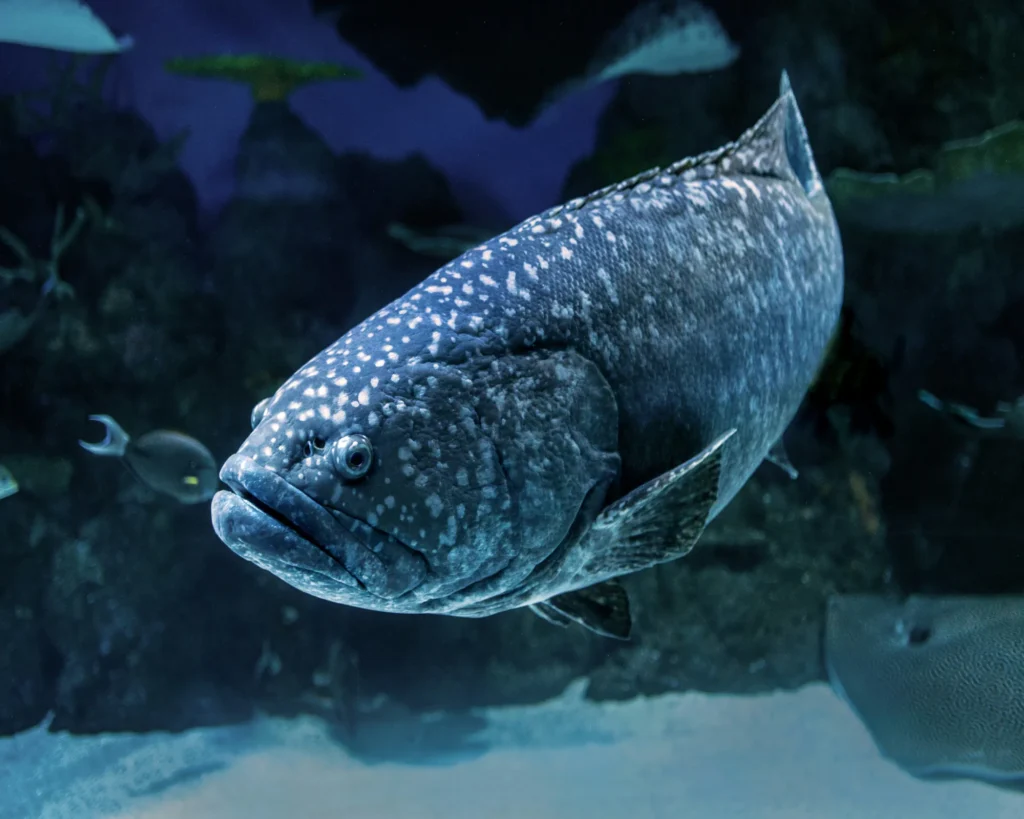
Interesting Facts About Groupers:
- According to Jews Scripts, Goliath Grouper (E. itajara), commonly known as the jewfish, can grow so large that it’s been suggested as the great fish that swallowed Jonah, the Jewish prophet from the Old Testament, hence its name “jewfish.”
- Some fish in this family can grow to extraordinary sizes. For instance, the jewfish (Epinephelus itajara) found in the tropical Atlantic Ocean and the Queensland grouper (E. lanceolatus) in Australia can both exceed lengths of 3 meters (10 feet) and weights of 454 kilograms (1,000 pounds).
- Certain groupers are so massive that they create a strong suction when they open their mouths to feed, capable of inhaling small prey.
- Apart from their potential enormous size, some groupers possess the ability to change the color of their skin as a defense mechanism. This color change can be simple, like adjusting from dark to light to blend in with varying light levels. The Caribbean coney (Cephalopholis fulva) demonstrates a more advanced color shift. Normally brown with blue-rimmed black spots, if disturbed, it will adjust its color to match its surroundings, such as turning white on its lower body and shrinking its spots to tiny pinpoints to blend into a sandy coral crevice.
- Other groupers have developed color patterns of stripes, spots, or blotches to blend in with coral reef environments.
- Groupers can undergo sex reversal as they age. Initially, all young yellowmouth groupers (Mycteroperca interstitialis) are born females, but as they grow, they transition into males. Only a small percentage survive long enough to become males, ensuring most remain egg-laying females. Some species in the genus Serranus are rare examples of fishes that can be both male and female simultaneously.
Physical Traits and Adaptations: The Art of Underwater Mastery
Groupers exhibit a symphony of physical traits, making them masters of underwater environments. Their robust bodies, broad flat heads, and large mouths equipped with sharp teeth are tailored for predatory excellence. These features, combined with their ability to mimic their surroundings through coloration, exemplify the artistry of underwater mastery that defines Groupers.
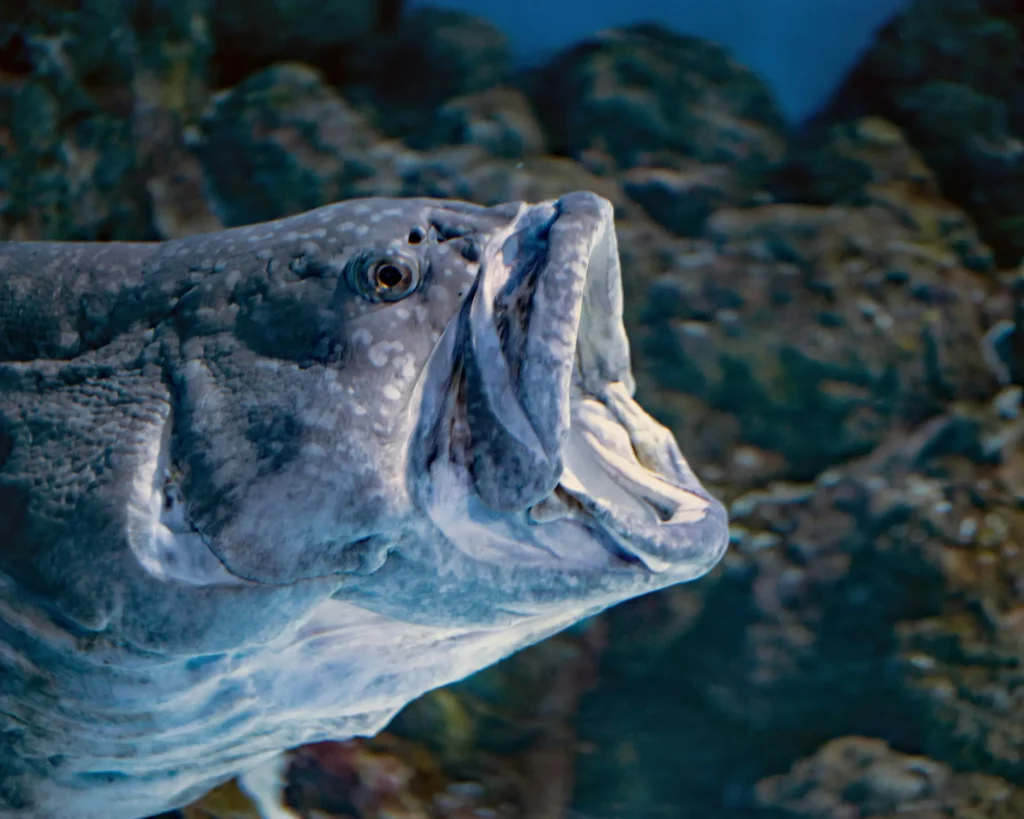
Habitat and Feeding Habits: Silent Predators of the Deep
Groupers are stealthy predators, seamlessly blending into their surroundings as they patiently await the perfect moment to strike. Their hunting strategy involves stealthy ambushes, swiftly engulfing smaller fish, crustaceans, and cephalopods. As essential components of marine food chains, Groupers play a crucial role in maintaining the health of coral reefs and rocky environments by controlling the population of smaller fish.
Conservation Considerations: Guardians of Oceanic Harmony
The conservation of Groupers is paramount for maintaining the delicate balance of marine ecosystems. Sustainable fishing practices, habitat protection, and regulations on catch limits are essential for preserving these majestic creatures. Public awareness and education about the ecological importance of Groupers serve as powerful tools in fostering a harmonious coexistence between humans and the marine realm.
Culinary Delight and Health Considerations: Gastronomic Wonders from the Sea
Groupers, with their firm, white flesh and mild flavor, are highly esteemed in the culinary world. From mouthwatering fillets to delectable recipes, Groupers offer a gastronomic experience like no other. However, responsible consumption is crucial, especially with larger specimens, as Groupers may accumulate mercury. Sustainable fishing practices and informed culinary choices ensure the enjoyment of these gastronomic wonders without compromising health or the environment.
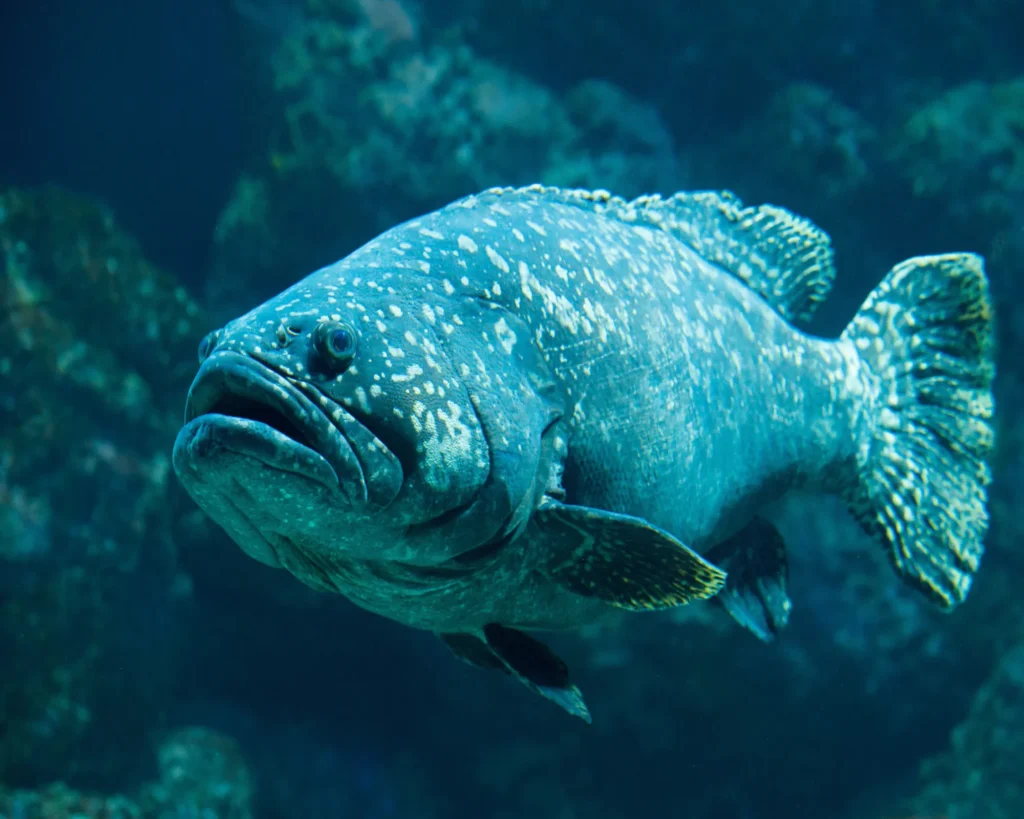
Conclusion: Groupers – Guardians of the Deep Blue Sea
Groupers, with their awe-inspiring presence and ecological significance, embody the guardians of the deep blue sea. Whether encountered beneath the waves or savored at the dining table, understanding and respecting the lives of these magnificent saltwater giants ensure a sustainable and harmonious relationship with the oceanic wonders they call home. As we navigate the intricate world of Groupers, let their stories inspire a commitment to the preservation of marine life for generations to come.
Read in Urdu Language Click Here.

